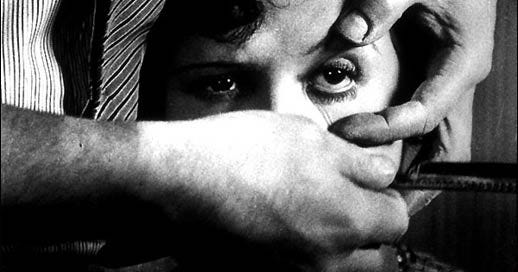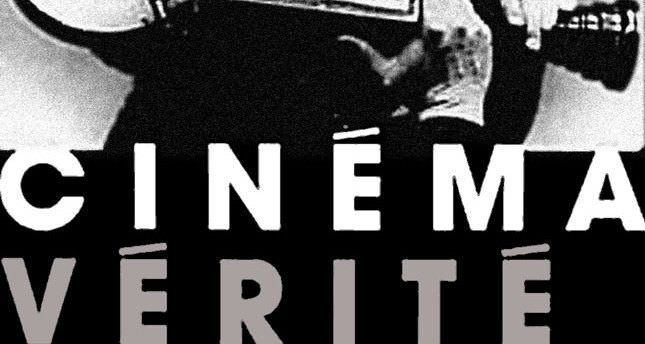Cinema Verite, Kino Pravda, Film Truth, (Inspired by a True Story)
Recommendations and Reviews
There was always that feeling along the way, as representational art forms developed, that they were getting closer to the truth. Photography captured what seemed a piece of reality, not just an artificial representation of it. (That’s my actual great grandfather in the photo, not just someone’s sketch or oil painting of the way he looked.) Film captured it in motion. To be captured by the truth of the artifice, so to speak, required less and less suspension of disbelief, as we say about the theater. The more real, i.e. true, the artifice appeared, the better for audience pleasure. Of course, no one knew better than the photographers and filmmakers themselves the artifice, contrary to reality, they were employing, and audiences did understand that to varying degrees what they were seeing wasn’t real. Still, beyond any illusion of capturing physical reality in its actual physicality, persists the belief that art – fiction – can paradoxically capture truths.
This past week was a film week for me, and all the films provoked my thinking about truth and film, whether truth reported on film, truth explored via the medium of film, or the very possibility of truth being revealed via the medium of film, or art, itself questioned.
To take the middle example first, I highly recommend Justine Triet’s Anatomy of a Fall, a French murder mystery and courtroom drama that won the Palme d'Or (first prize) at this year’s Cannes Film Festival. In this instance, the film medium doesn’t play much of a role in examining the nature of truth, though there is a bit of Blow Up (Michaelangelo Antonioni) or more precisely, its sound equivalent, in Brian De Palma’s Blow Out, in the role audiotapes play and tests of what a person can hear underneath surface noise. But in this instance, at least, Triet is no film stylist. The film might well have been conceived as a stage play, limited as it almost entirely is to the two sets of a mountain home and courtroom. What makes the film standout is the complexity of the case to be solved and adjudicated, which becomes the wrenching complexity of the marriage relationship between the dead husband and the ultimately accused wife, which, like facts of the case, reveal themselves in stages of investigation and revelation right until the end. A crucial added element is the proximity to the murder and to the determination of guilt of the couple’s blind son. The film’s focus is any basis for a judgement of truth we may have in the absence of determinative evidence. The complex presentation is enhanced by what is represented as French criminal trial procedure. I have no idea how accurate it is; one might guess based on the fidelity of American courtroom dramas, though one might be wrong. As presented, we witness a virtual Socratic debate among a panel of judges, a prosecutor, the accused, and anyone offering testimony. All seeking to make a case for what they believe is the truth.
Next, I viewed May December, a film that also screened at this year’s Cannes and that I had discussed with a Hollywood script reader over Thanksgiving dinner.
Keep reading with a 7-day free trial
Subscribe to Homo Vitruvius by A. Jay Adler to keep reading this post and get 7 days of free access to the full post archives.






